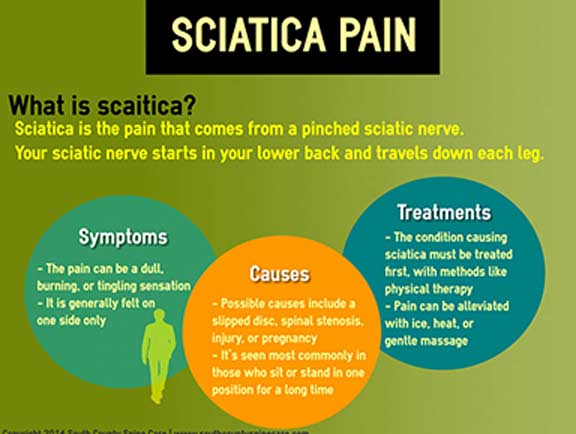Recognize The Covert Reasons For Your Pain In The Back And Take Proactive Actions In The Direction Of Far Better Wellness
Recognize The Covert Reasons For Your Pain In The Back And Take Proactive Actions In The Direction Of Far Better Wellness
Blog Article
Created By- https://body-adjustments17339.dailyblogzz.com/31190413/the-role-of-posture-in-neck-discomfort-tips-for-preserving-healthy-and-balanced-alignment-throughout-the-day
If you're experiencing pain in the back, your body might be attempting to tell you something more than simply discomfort. The means your back feels can give important ideas about your overall health. Comprehending the particular kind of pain you're really feeling and any accompanying signs is key to unraveling the enigma behind your pain. Allow's discover simply click the next document and symptoms associated with different types of back pain to clarify what your body might be signaling.
Kinds Of Pain In The Back
When it pertains to pain in the back, there are different kinds that you might experience. https://bodyadjustments29516.elbloglibre.com/30613854/the-ultimate-overview-to-picking-the-right-pillow-for-relieving-neck-discomfort is muscular tissue discomfort, often triggered by overuse, pressure, or injury to the muscles and ligaments supporting the spine. This type of pain can vary from mild discomfort to serious and debilitating discomfort.
Another type is nerve discomfort, which can result from conditions like herniated discs or sciatica. Nerve pain often offers as a sharp, shooting sensation that emits down the leg.
Joint pain in the back can originate from issues like arthritis or sacroiliac joint dysfunction. This kind of pain is generally really felt in the reduced back and can be exacerbated by specific activities.
Furthermore, back pain can be associated with architectural issues such as back constriction or vertebral fractures. Understanding the type of back pain you're experiencing is essential in establishing the ideal treatment and monitoring approaches.
Common Symptoms to Expect
Moving beyond the different types of pain in the back, it is essential to acknowledge the typical symptoms that can signal underlying problems.
Relentless back pain that intensifies with motion or during the night could show an extra serious trouble. Numbness or prickling in the legs or feet, particularly when accompanied by weakness, could point to a nerve-related issue. If you experience unexpected weight management in addition to pain in the back, maybe a sign of an extra systemic problem.
Pay attention to any modifications in bladder or digestive tract function, as this could be linked to spinal cord compression. Fever, chills, or night sweats together with back pain may indicate an infection. Keep an eye out for discomfort that radiates down one or both legs, possibly indicative of sciatic nerve pain.
Health Conditions Linked to Back Pain
If you suffer from pain in the back, it's critical to comprehend the potential health and wellness problems linked to this discomfort. Pain in the back can be a sign of various underlying problems, including muscle mass pressures, herniated discs, osteoarthritis, spinal stenosis, and even problems like kidney rocks or infections.
Muscle pressures prevail and often arise from raising hefty objects or abrupt movements.
Herniated discs happen when the soft cells in between vertebrae protrudes, creating nerve irritability.
Osteoarthritis, a degenerative joint condition, can result in back pain as cartilage material wears down.
Spine constriction, the narrowing of the back canal, can tax nerves.
Kidney rocks may cause intense neck and back pain if they move right into the urinary tract.
Infections like spine osteomyelitis can likewise show up as back pain. Comprehending these possible health problems can aid you seek ideal medical care and monitoring for your back pain.
Verdict
So, next time your back hurts, pay attention to the type of pain and going along with signs. It could be a signal from your body concerning underlying health conditions like muscular tissue strain, nerve concerns, joint troubles, or even structural problems. By identifying these signs, you can take proactive steps to deal with the source of your pain in the back and improve your general health and wellness and well-being.
